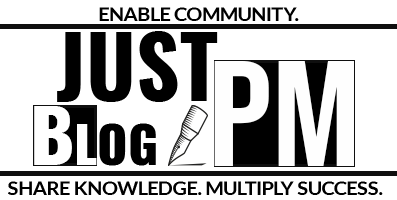- Advertising:
-
- Utilized to announce procurement opportunities and attract potential sellers. The choice of media (local, national, or online) depends on the target audience and the nature of the procurement.
- Internet Search:
-
- A modern tool to identify and research potential sellers, especially for specialized products or services.
- Procurement Documents:
-
- Documents like Request for Information (RFI) are used to gather preliminary details and gauge interest from potential sellers.
- Bidders’ Conference:
-
- A formal meeting where potential sellers can ask questions and seek clarifications about the procurement. This ensures all bidders have a clear and consistent understanding of the requirements.
- Proposal Evaluation Techniques:
-
- Structured methods, often involving a scoring system, assess and rank proposals from sellers. This can be based on various criteria like technical capability, cost, delivery timelines, etc.
- Independent Estimates:
-
- These are benchmarks or reference estimates developed in-house or by external experts against which sellers’ proposals can be compared. This helps ensure the proposed costs are reasonable and in line with market rates.
- Procurement Negotiations:
-
- A process where the buyer and seller discuss and finalize contract terms. This can involve adjustments to pricing, delivery schedules, scope, or other contract conditions.
- Expert Judgment:
-
- The expertise of individuals or groups with specialized knowledge can be invaluable throughout the procurement process. This can be in the form of internal experts or external consultants.
By leveraging these tools and techniques, organizations can ensure a transparent, fair, and effective procurement process. This helps select the most suitable seller and ensures that the procurement aligns with the project’s objectives and delivers value for money.


